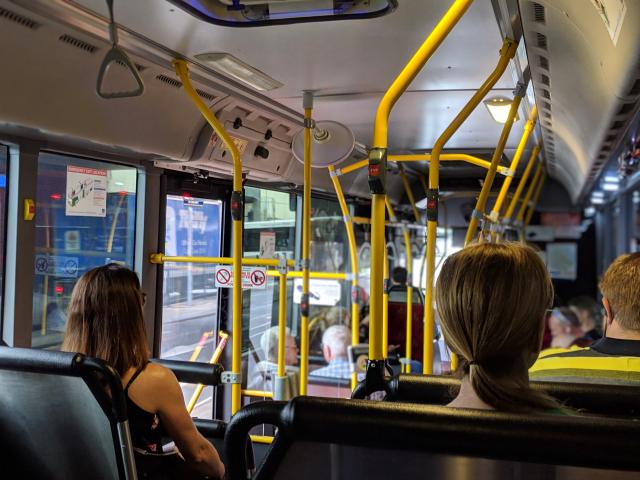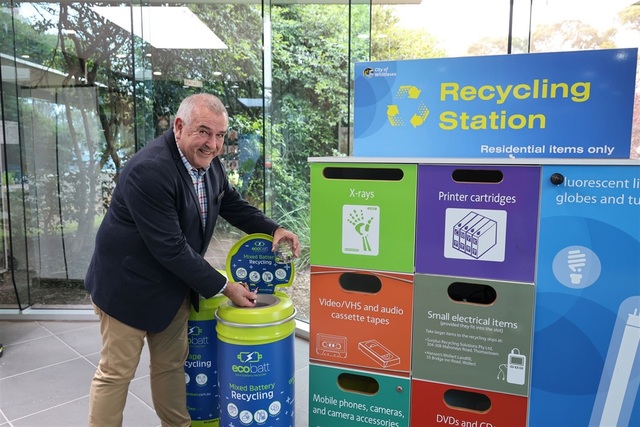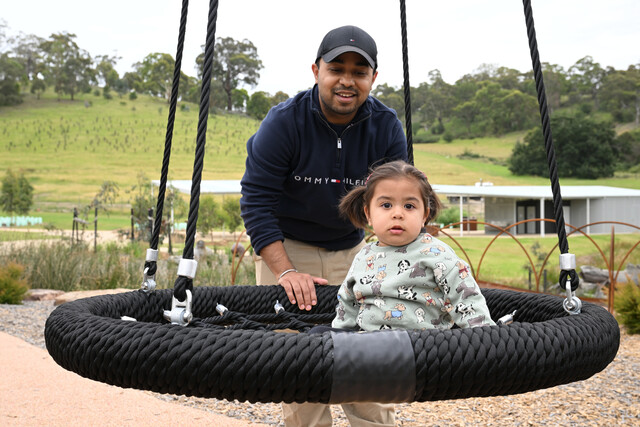Australia can reduce transport emissions by 75 per cent by the end of this decade with a massive shift to electrified public transport, walking and bike riding, new Climate Council research shows.
The Climate Council’s new report, Shifting Gear: The Path to Cleaner Transport reveals to get there, daily trips on electric public transport would need to increase three and a half times.
Similarly, daily journeys made on a bike or on foot would need to triple.
Transport is the biggest source of Australia’s greenhouse gas emissions after energy, with cars and light commercial vehicles alone making up almost two-thirds of transport pollution.
The Climate Council said significant investment in zero emissions transport and infrastructure is needed to give Australians cheaper, more sustainable and reliable options to get from A to B.
Australians mostly use private vehicles for 81 per cent of trips, compared to just 14 percent public transport and 5 percent active transport.
The Climate Council said by 2030, the transport mix should look more like 36 percent of trips made by private vehicle, 49 percent of trips via public transport and 15 percent with active transport.
Climate Council Head of Advocacy Dr Jennifer Rayner said to get to net zero, the way we get around in Australia “needs to change”.
“There’s been a lot of focus on increasing uptake of electric vehicles as a solution, but rapidly cleaning up transport calls for a bigger re-think on how we move around,” she said.
“Enabling more Australians to choose public and active transport – like walking and bike riding – can drive down emissions while also delivering cleaner air, less congestion and make our communities much more liveable. Luckily, we have the technology we need to deliver this right now.
“Governments need to step up and invest in reliable and accessible services and infrastructure – particularly in outer suburban and regional areas. This will make it easier for more people to choose public and active transport for more of their daily trips.”
Climate Councillor and energy expert Andrew Stock said the Australian average for active transport is less than two per cent, which is “well below international best practice”.
“By comparison, the European Union invests €5.4 billion euros — approximately $8.8 billion Australian dollars — in sustainable transport, and the Irish Government is working towards spending 20 per cent of their transport budget on walking and bike riding alone – in line with the United Nations’ recommendation,” he said.
“Right now, the average Australian household has two petrol cars in the garage. If we get the investment right, in the future one of these will be replaced by an EV but the other can be substituted altogether by a mix of trips using public and active transport.”







